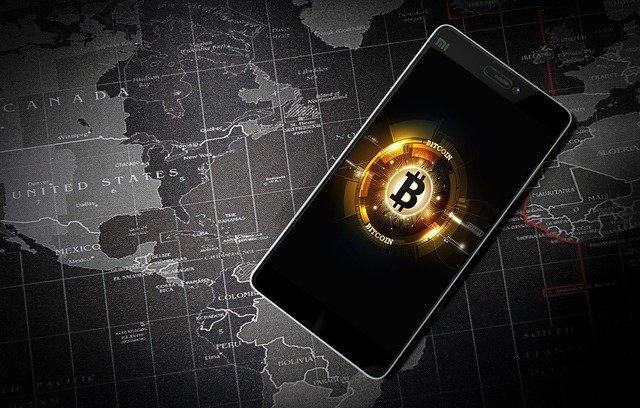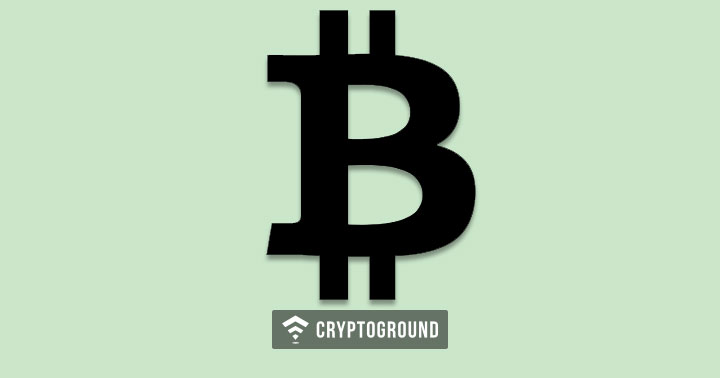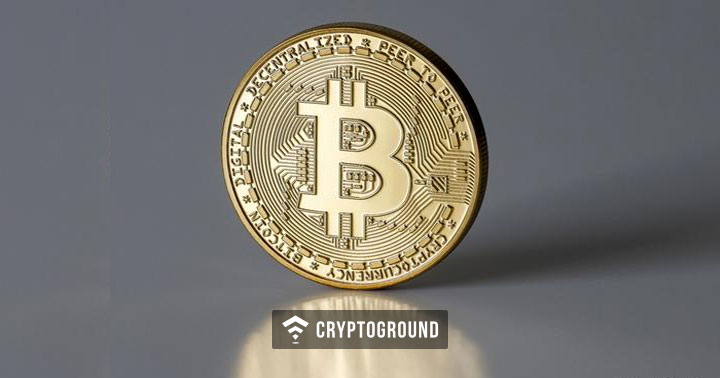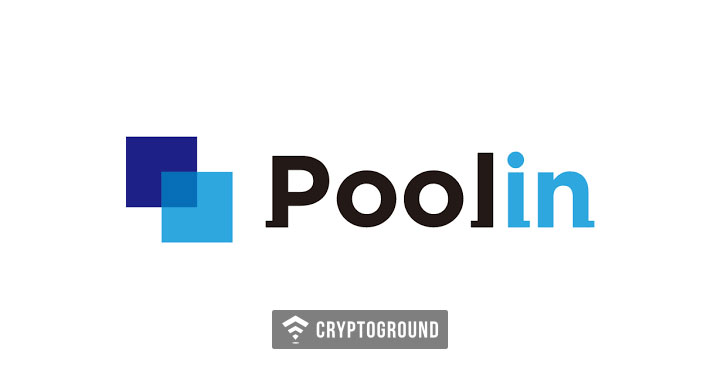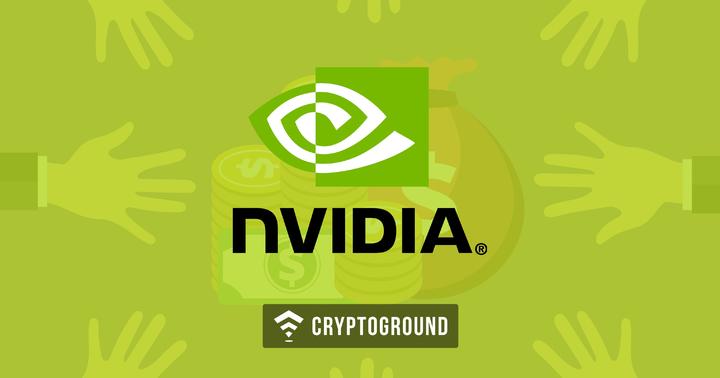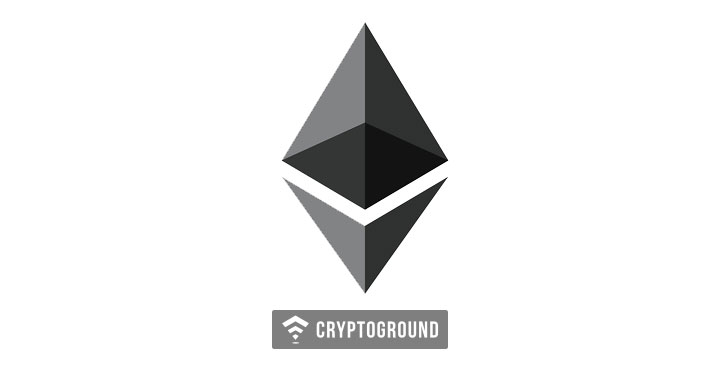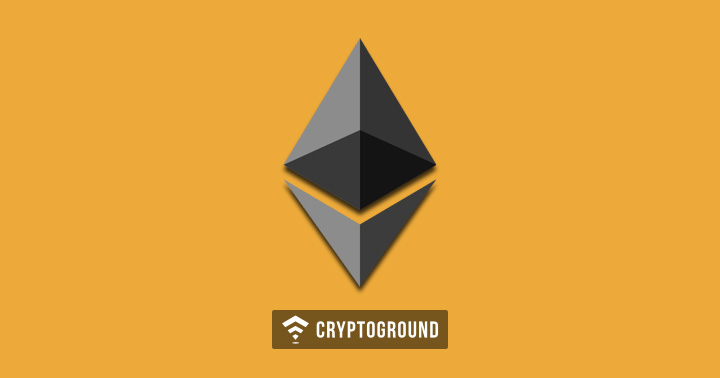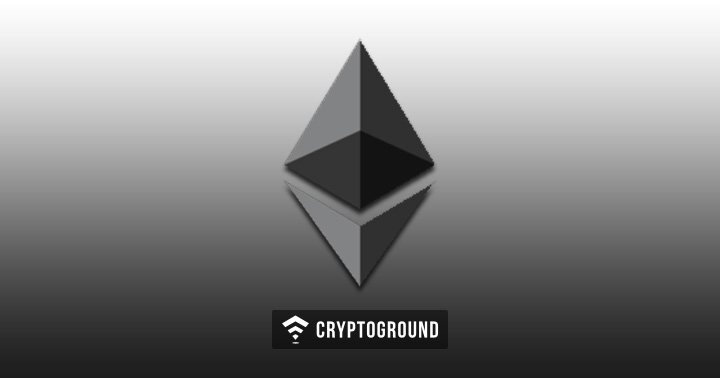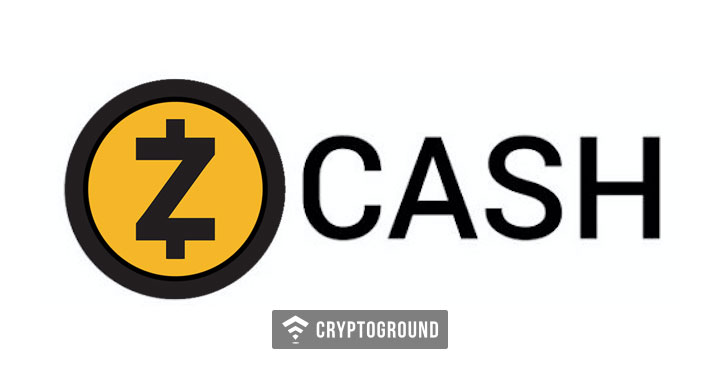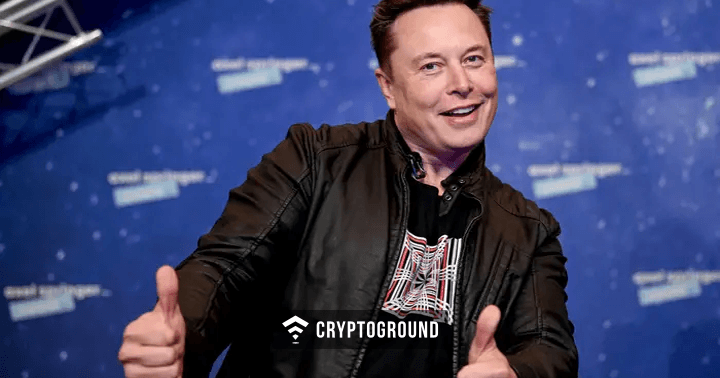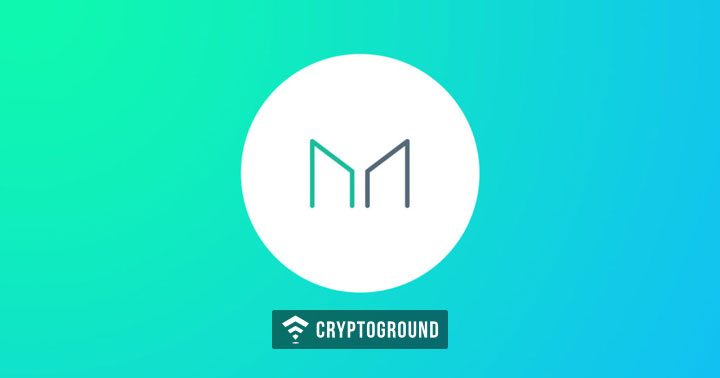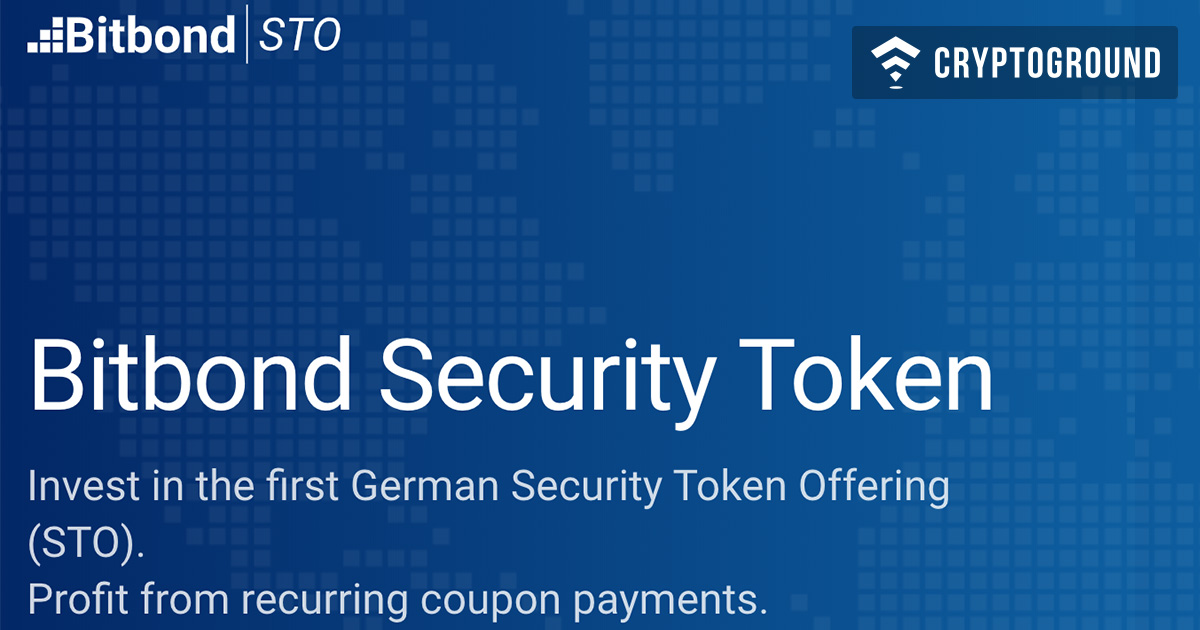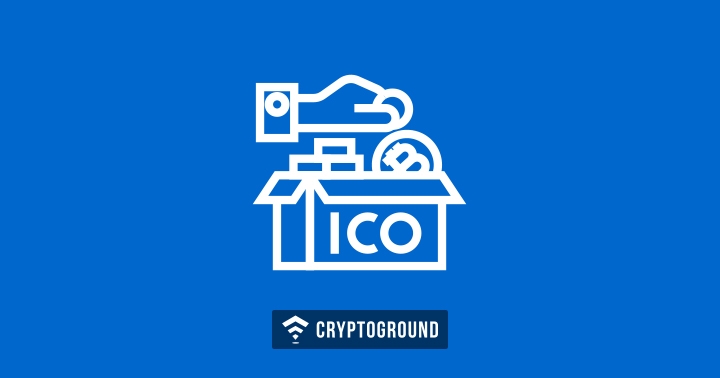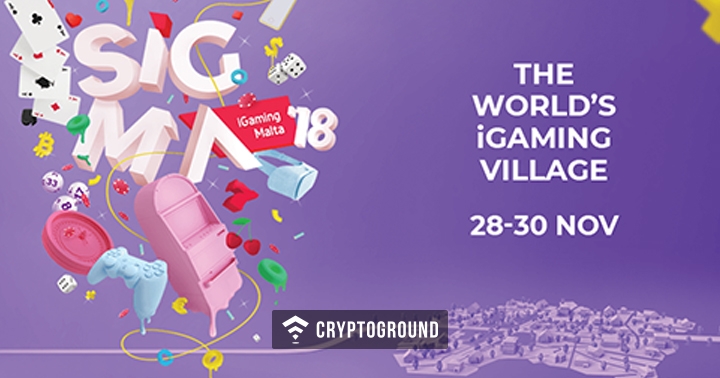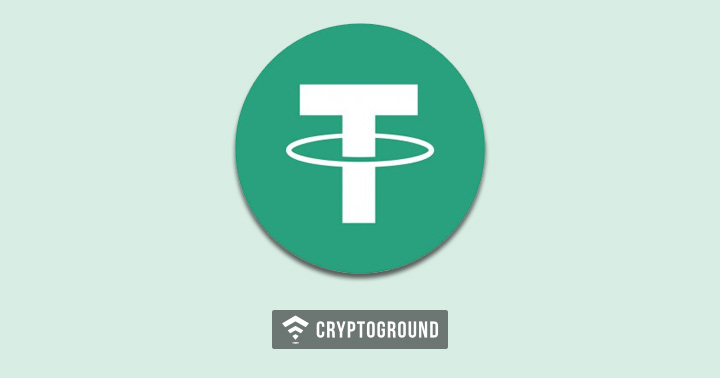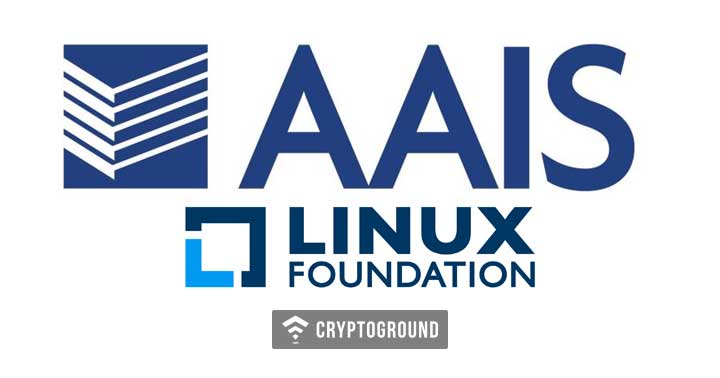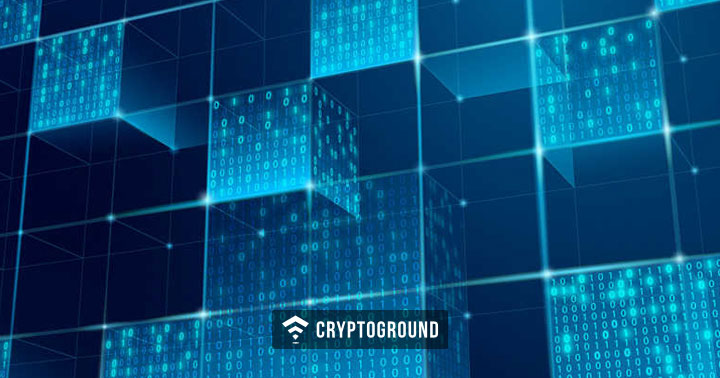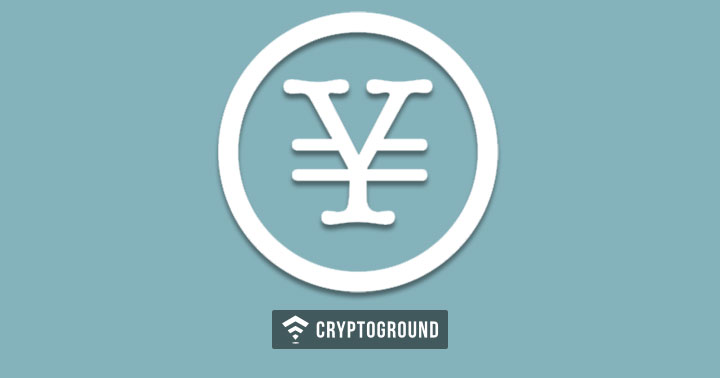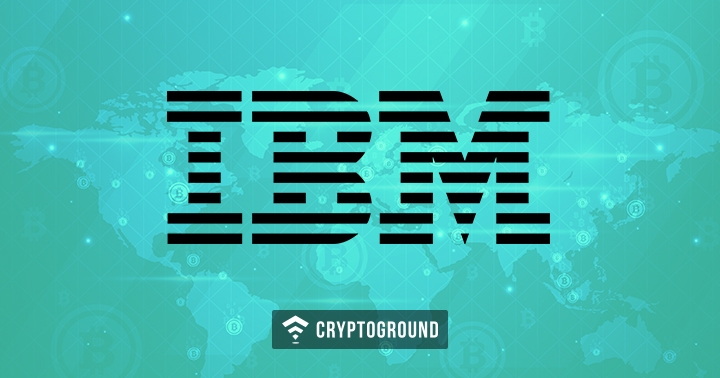IBM has been an active supporter of blockchain and cryptocurrency and has been working on numerous related innovations. One of its new developments is using crypto-anchors and blockchain to combat fraud. Fraud costs the global economy more than $600 billion a year; and in some countries, nearly 70 percent of certain life-saving drugs are counterfeit.
With its upcoming software Crypto Anchor Verifier, tiny such as ink dots or computers smaller than a grain of salt, IBM plans to prevent bad actors from tampering with everything from paper currency to consumer electronics. The crypto anchors utilize artificial intelligence along with a sophisticated lens that is capable of seeing minute objects as small as a micron. The verifier can distinguish between real and fake products; say an expensive bottle of wine or block of cheese and a cheap one, or any other defect or imperfections usually not visible to the human eye, like imperfections in diamonds. What is more impressive is the fact that the verifier can accomplish all of this by merely downloading a smartphone app developed by IBM itself. A custom lens is required to be placed over the phone’s camera lens which will turn it into a highly beneficial tool to detect counterfeits.
The verifier generates data for the supply chain, which needs to be stored somewhere. This is where blockchain comes into the picture. Although the software will work without a blockchain, there needs to be an arrangement for the data to be stored. With a rising number of companies are adopting the distributed ledger system to connect their global supply chains, the verifier complements the blockchain to make a system which guarantees authenticity. The blockchain is perfect for this tool as it offers data immutability.
The products verified are high-end, which cost hundreds and billions of dollars, so assuring that the products are genuine is necessary and requires compliance. The anchor has the potential to change the way markets function. The tool is cost-effective; say a valuable gem needs to be inspected, instead of relying on a gem expert, this tool can be utilized, which essentially does the same job at a fraction of the cost. The Gemological Institute of America (GIA) uses IBM blockchain for architecture for their businesses. Verifying authenticity has always been a challenge and often involves highly skilled experts and costs a lot of money. The crypto verifier could offer a simple solution. The first models are likely to hit the market in the next 18 months.
